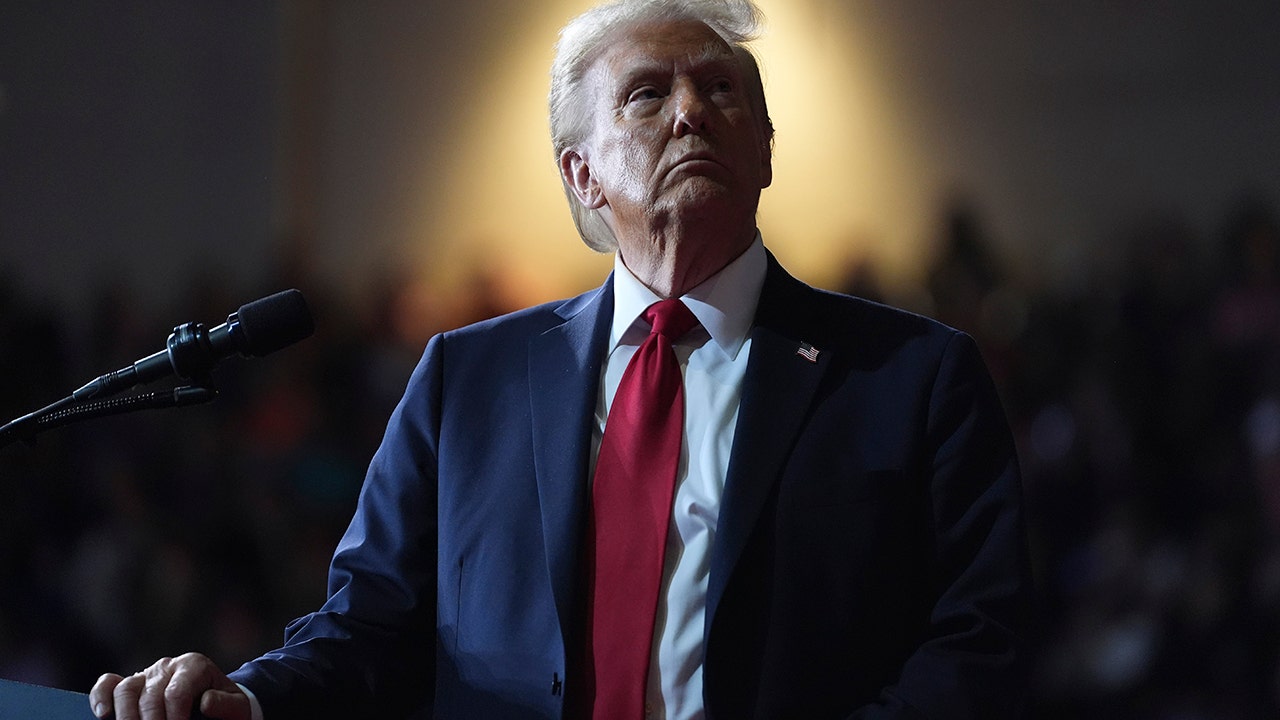Recess Appointments: A Hitchhiker's Guide for Reporters
Are you interested in learning about "recess appointments"?

So you want to know about "recess appointments"?
Well, recess is over and class is in session.
Let’s start with four main sections in the Constitution:
According to Article II, Section 2 of the Constitution, the President has the authority to nominate and, with the advice and consent of the Senate, appoint ambassadors, public ministers, consuls, judges of the supreme court, and all other officers of the United States.

The president has the authority to appoint temporary officials during Senate recess, with commission expiring at the end of the next session. - Article II, Section 2 of the Constitution
The two houses of Congress cannot adjourn for more than three days without the consent of the other, nor can they move to a different location while in session. - Article I, Section 5 of the Constitution.
And then there is this particularly thermonuclear passage:
The president has the power to call for a meeting of both houses or either of them during extraordinary circumstances. In the event of disagreement between the houses regarding the time of adjournment, the president has the authority to set the time for the meeting.
Let’s work through the mechanics of each one.
The Senate's "Advice and Consent" exercise is a responsibility that many senators take seriously. They passionately guard those prerogatives, which involves a confirmation process that typically includes formal visits with senators, background checks on nominees, hearings with the nominee and other witnesses, a committee vote to discharge the nomination to the floor, debate on the floor, and a final confirmation vote.

The nomination of former Rep. Matt Gaetz, R-Fla., for attorney general was withdrawn after it became clear that he was not confirmable by the Senate. The confirmation of Gaetz would have represented the "consent" provision of the Constitution. However, the abrupt withdrawal of the nominee, following all of the Senate's closed-door muttering, certainly reflected "advice."
Expect lots of consternation in the coming weeks about the viability of Defense secretary nominee Pete Hegseth, Director of National Intelligence nominee Tulsi Gabbard, Health and Human Services secretary nominee Robert F. Kennedy and FBI Director pick Kash Patel.
Suggestions have been made that Trump may attempt to bypass the Senate's confirmation process and temporarily appoint some of his nominees on an "acting" basis if they are not confirmed.
The Constitution grants the president the authority to fill any vacancies that occur during the Senate's recess under Article II, Section 2.
The Founders devised the concept of a recess appointment to serve as a temporary replacement for a vacant government office until the end of a two-year Congress. This was necessary because Congress often took extended breaks in the early days of the republic, making it difficult to quickly confirm replacements if the Senate was not in session. The recess appointment was intended to be a fail-safe that would allow the government to continue functioning without being hindered by the delay in confirmation.
What would happen if a president were to appoint someone to a recess position without the Senate's approval? In theory, it is possible for a president to bypass the Senate and install someone if Congress is not meeting. However, if a nomination is stalled or someone is unconfirmed, it may be difficult for the president to do so.

Recess appointments are becoming increasingly rare, with both Trump and Biden having zero recess appointments, while Obama had 32. The last recess appointment was made by Obama on January 4, 2012, when he appointed Richard Griffin Jr. to the National Labor Relations Board, along with two others. Additionally, Obama also appointed Richard Cordray as director of the Consumer Financial Protection Bureau on that same day.
President George W. Bush had more recess appointments than President Bill Clinton.
The key to the entire operation is whether there is a legitimate "recess" of Congress. Only during a recess would the Senate be in the proper parliamentary position to allow for the possibility of a recess appointment. It has been years since both the House and Senate have technically been away from Washington for more than three days, which is done to prevent the possibility of a recess appointment. In the past, the House and Senate frequently approved what is called an "adjournment resolution," which granted both chambers leave from Capitol Hill for extended periods, such as over holidays, Thanksgiving, Easter and Passover, Independence Day, and the "August recess." However, these are now infrequent.
In the fall, both the House and Senate were absent for part of September, October, and November. However, they held abbreviated sessions every three days, each lasting only a few seconds. This is standard practice in Washington because the House and Senate cannot approve an adjournment resolution on their own. Instead, both bodies must vote to adjourn. The Senate is controlled by Democrats, so approving an adjournment resolution there may not be a problem. However, the GOP controls the House, and House Republicans would never allow an adjournment resolution, creating the possibility of Biden making a recess appointment. To prevent this, both bodies now meet for just a few seconds every three days to delay recess appointments.
The power of Article I, Section 5 is reflected in this phenomenon, as neither body can adjourn for more than three days without the other's consent.
Obama believed the House and Senate were in recess, even though they met every three days, due to his frustration with the slow pace of his nominations. The White House concluded that the three-day sessions were insufficient for the House and Senate to determine they were out of session, leading to the appointment of Griffin and others during a 2012 window between sessions.

In 2014, the Supreme Court ruled that the Obama administration exceeded its authority with the recess appointment, as stated in NLRB v. Canning. This decision established that the executive branch cannot interpret the actions of the legislative branch.
The Supreme Court has ruled that recess appointments are allowed if the House and Senate are absent for a minimum of 10 days.
Could Trump request a 10-day recess to replace a troubled nominee? In theory, yes. However, parliamentarily, what would it take for both the House and Senate to be out of session to strategically create a political crevasse for a recess appointment?
It’s about the math.
In the new year, Republicans will have a slim majority in the House with possibly as few as 217 seats. The Senate will be 53-47 in favor of the GOP, giving them a slight edge. However, the new Congress will start with one vacancy, which could make it difficult for Republicans to pass certain legislation. Additionally, Senate Republicans can lose up to three of their own votes, and Vice President JD Vance could break the tie on an adjournment resolution. But if they lose four votes, they will be unable to pass an adjournment resolution.
Here’s the challenging part:
It is uncertain that both the House and Senate will have the necessary votes to pass a resolution for a recess appointment, even if it is a batch of them. Some House Republicans may object, but the bigger challenge could be Senate Republicans. Many senators are reluctant to abandon their duties of providing advice and consent. They are also concerned about setting a precedent that would allow a president to install their nominees, regardless of how contentious they may be. Senate Republicans fear that if they vote to adjourn in favor of installing one of Trump's nominees, it could set a dangerous precedent for future presidents to do the same.

In the case of NLRB v. Canning, Justice Scalia argued against the use of recess appointments in the modern Senate, where the Senate can quickly reconvene to consider nominees.
Scalia stated that the only practical use for the recess appointment power is to allow presidents to bypass the Senate's role in the appointment process, which occurred in this instance.
If the House and Senate approve an adjournment resolution of more than 10 days, the recess will fall exactly when. Congressional Republicans promise a robust agenda in 2025. However, when the House and Senate are out, they are out, meaning no legislation on tax cuts, debt ceiling, or spending cuts will be discussed. Immigration policy will also be forgotten.
While the idea of a recess appointment is intriguing politically, it's a completely different story in reality.
The "thermonuclear passage" in the Constitution is found in Article II, Section 3, which allows the President to convene both Houses or either of them on extraordinary occasions, and to adjourn them to a time he deems appropriate in the event of disagreement over the adjournment time.
No U.S. president has ever utilized the authority to "adjourn" Congress. The definition of "extraordinary occasions" is unclear, and a literal interpretation of Article II, Section 3 suggests that there may be a disagreement between the House and Senate regarding adjourning Congress for the purpose of a recess appointment. As a result, the House may approve the adjournment resolution while the Senate may not, or vice versa.
President-elect Trump could attempt to adjourn Congress, but this is uncharted constitutional territory. If he were to make a recess appointment like Cordray or Griffin, they may end up in the job. However, the Trump administration would likely face a Supreme Court challenge over the validity of those appointments, just as the Obama administration did.
While theoretically recess appointments are possible, they are challenging to implement in practice.
And for our purposes, it’s time for a recess.
Class dismissed.
politics
You might also like
- California enclave announces it will cooperate with immigration officials and the Trump administration.
- Danish lawmaker urges Trump to abandon Greenland acquisition plan.
- Now, the Dem who labeled Trump an "existential threat to democracy" is obstructing his nominees.
- The lawyer for Hegseth criticizes the "dubious and inaccurate" testimony of his ex-sister-in-law.
- The House GOP outlines a plan to improve the healthcare system, emphasizing its impact on national defense.



















